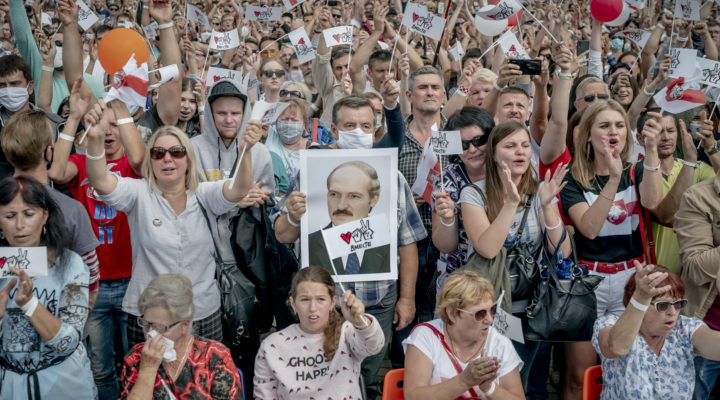In the context of the exhibition “The Press, a Fragile Freedom?”, we talked to Danish photographer Asger Ladefoged about his work on the Belarus Uprising.
In 2020, he spent a month covering the mass protests organised in Belarus before and in the aftermath of the elections. Twice while working, he was detained by the Belarusian authorities who, besides using violence, confiscated his memory card in order to hide and censor their wrongdoings during the clashes with civilian protesters.
Before Russia’s invasion of Ukraine, Belarus was Europe’s most dangerous country for journalists. Media outlets have never been more repressed by the authorities than since Lukashenko’s controversial re-election in 2020. Authorities have used censorship, violence and mass arrests and have conducted coordinated raids on media outlets. Around 20 media outlets have been labelled as “extremist” since August 2021 (RSF, 2022).
—
Asger Ladefoged graduated from the Danish School of Media and Journalism in 2014 and has been working as a staff photographer at the Danish daily newspaper Berlingske ever since. He’s been recognized with both national and international awards such as Picture of the Year International, Best of Photojournalism and Danish Picture of the Year, where his work from Belarus was awarded Danish picture of the year 2020.
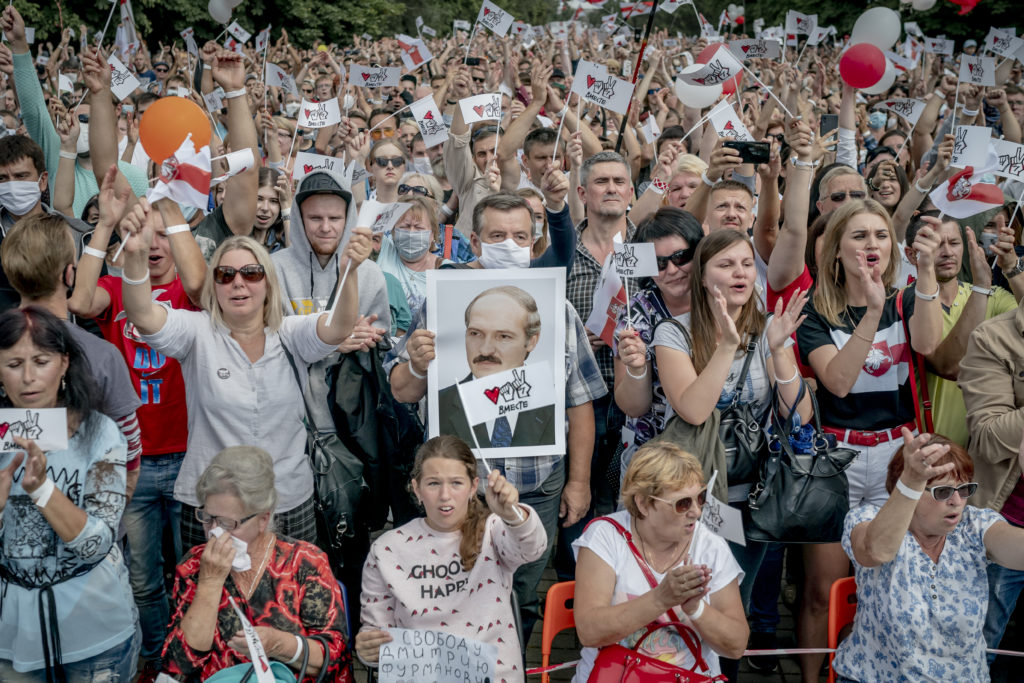
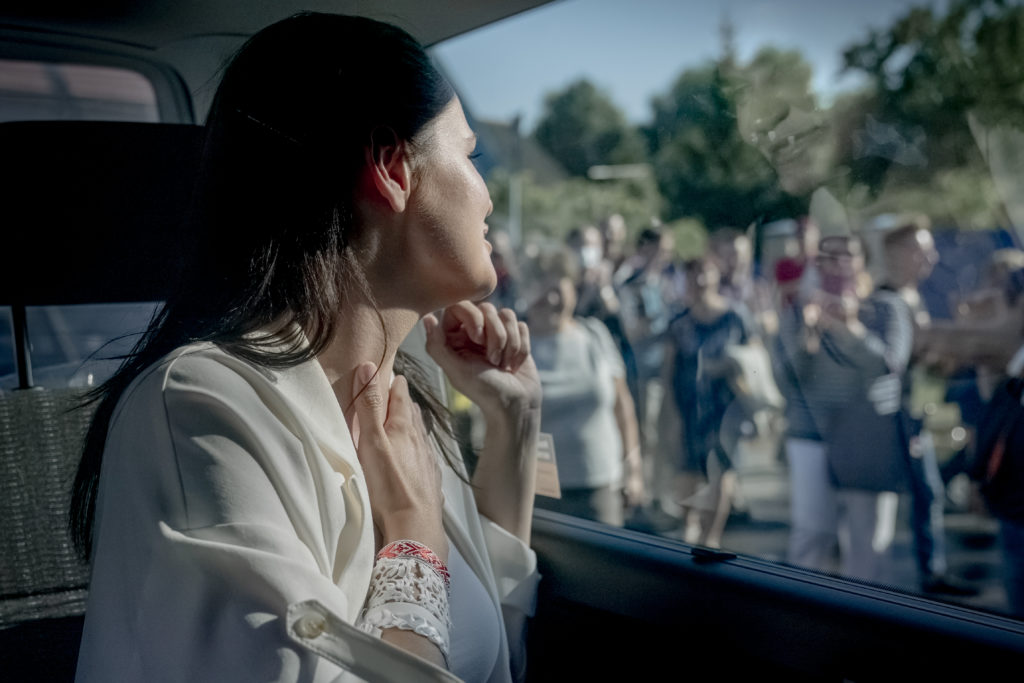
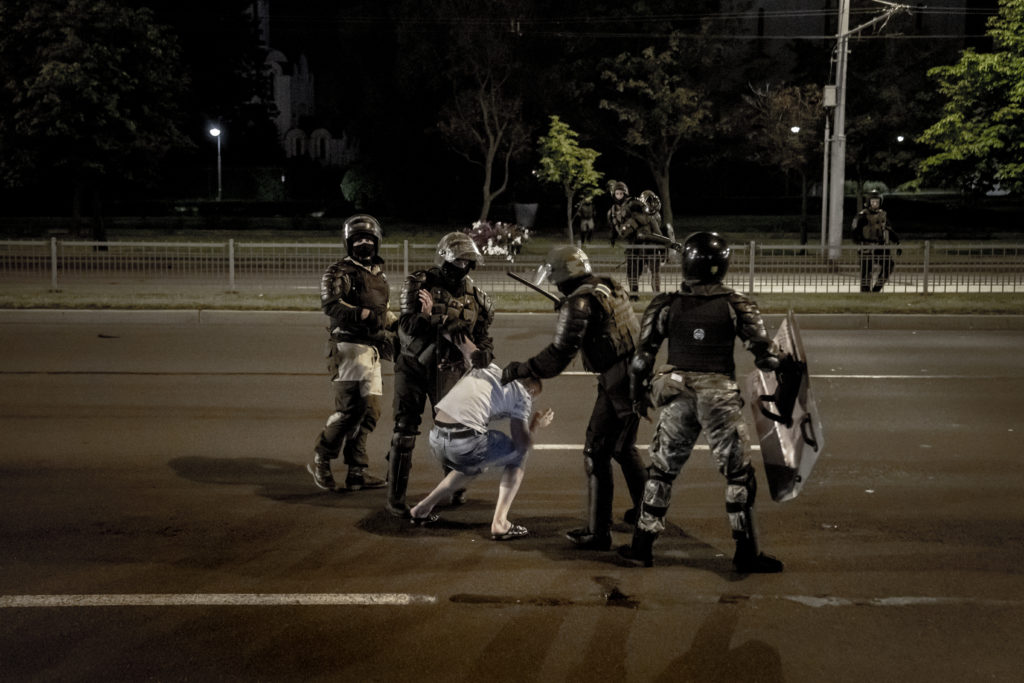
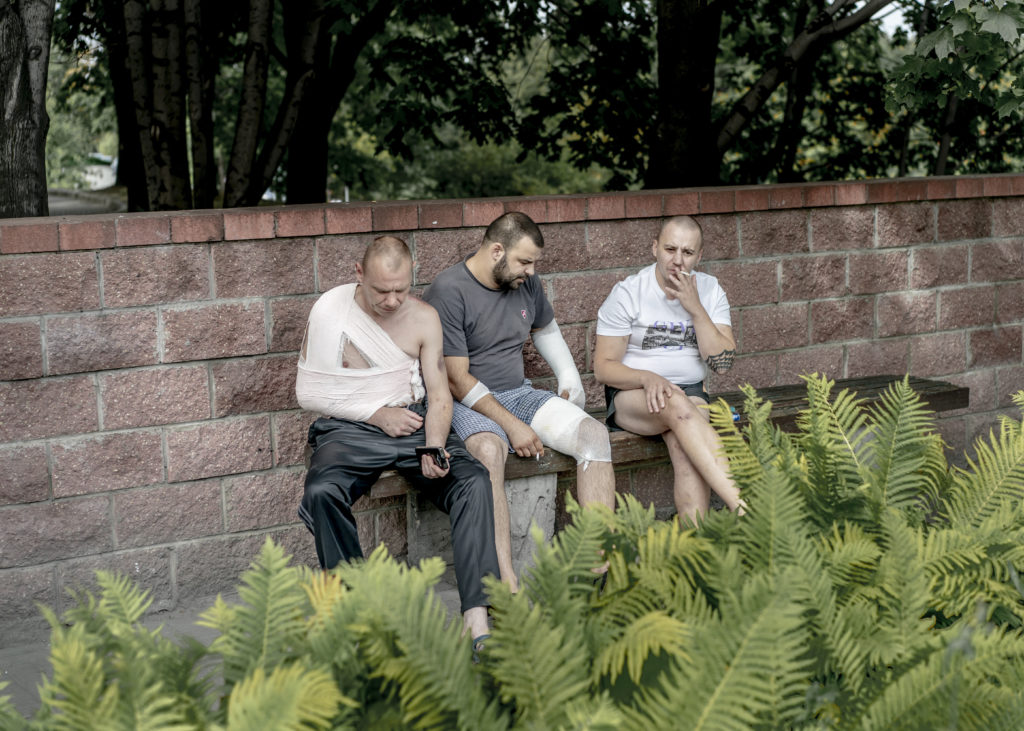
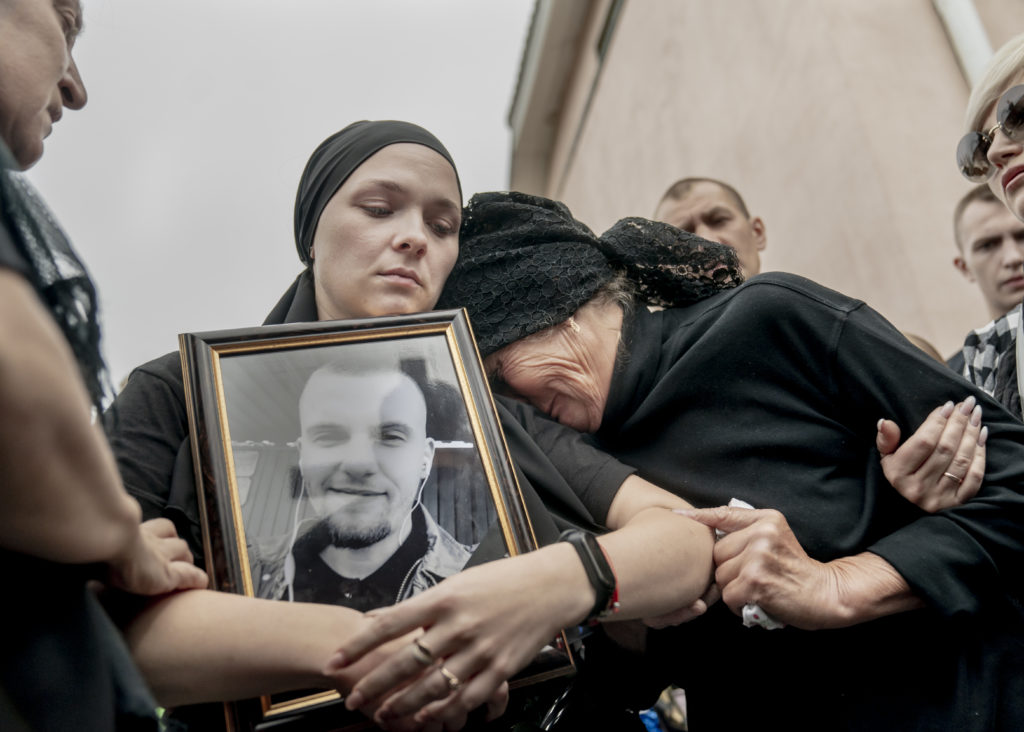
—
Presentation & editing: Nadine Vermeulen
Images © Asger Ladefoged
–
Sound extracts: 1. Guardian News, 17.08.2020, Belarus workers chant ‘resign!’ at Lukashenko on factory visit. 2. Radio Free Europe, 20.09.2020, Songs Against Truncheons: What Protesters Are Singing In Belarus. 3. BBC News, 31.12.2020, From flash mobs to courtyard singing, protesters in Belarus have found new and creative ways to challenge the regime. 4. Guardian News, 23.08.2020, Belarus: tens of thousands of protesters flood Minsk demanding Lukashenko’s removal

